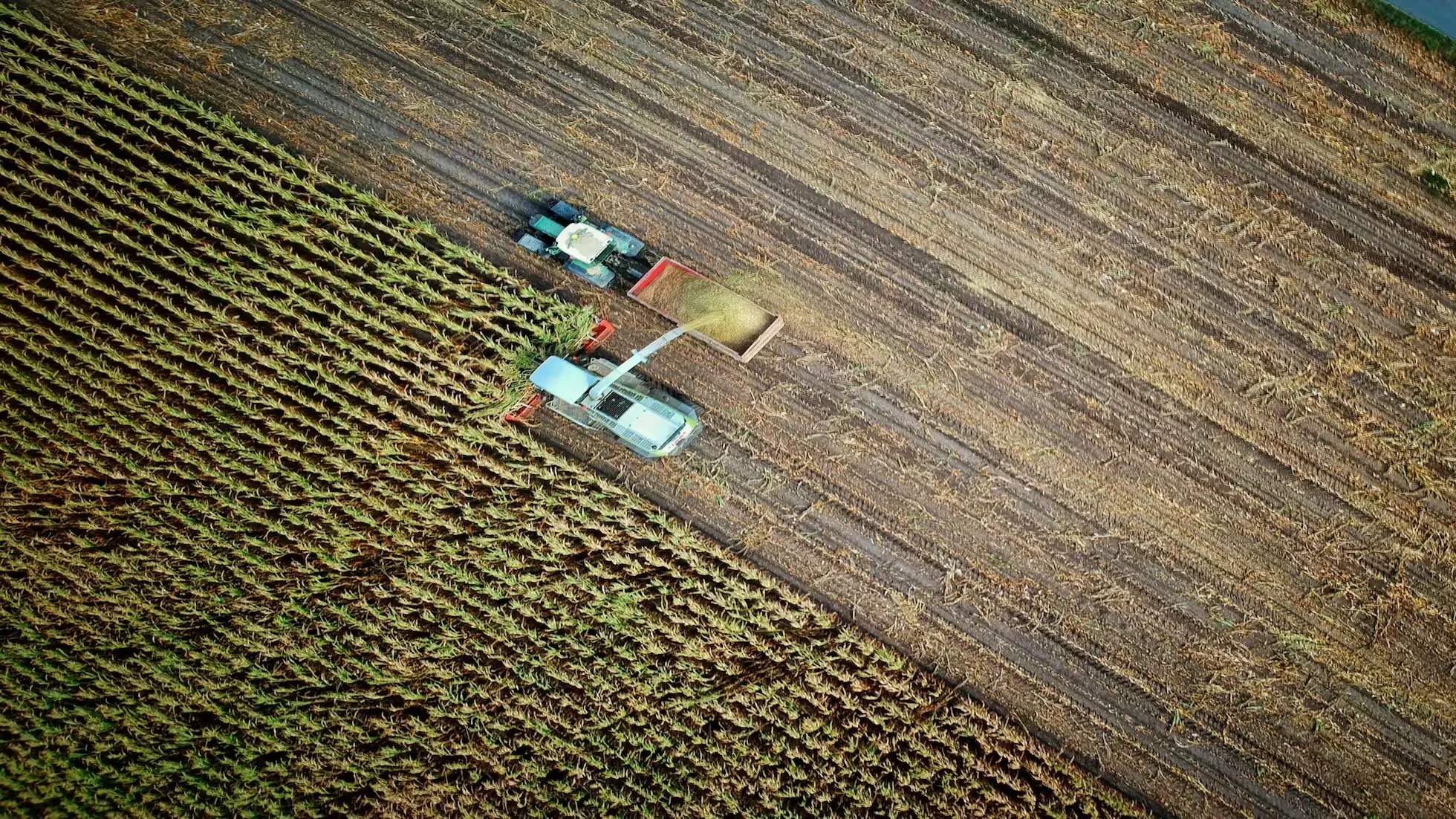the Thousands of Villages Demonstration, Tens of Thousands of Villages Renovation

The title of the 2024 Central Document No. 1 is “Opinions on Learning from the Experience of the ‘Thousands of Villages Demonstration, Tens of Thousands of Villages Renovation’ Project to Effectively Advance Rural Revitalization.” The keywords are “Ten Thousand Villages Project” and “Rural Revitalization.”
The Ten Thousand Villages Project is an effective practice initiated by the General Secretary during his work in Zhejiang, focusing on rural work. Rural revitalization has been the main focus of rural work since the 18th National Congress. Rural revitalization is the strategy, the Ten Thousand Villages Project is the method to achieve it, and building a strong agricultural nation is the goal.
Focus: the development concepts, work methods, and promotion mechanisms of the Ten Thousand Villages Project.
Ensuring Food Security
- Strengthening production capacity for grain and key agricultural products: A new round of improvements to increase grain production by hundreds of billions of kilograms. Stabilizing grain planting areas, significantly increasing per unit yield, and promoting high-quality fields, seeds, machinery, and methods. Implementing targeted policies for soybeans, wheat, corn, rapeseed, pigs, beef, mutton, dairy, and fisheries.
- Strictly implementing the arable land protection system: Protecting the “quantity, quality, and ecology” of arable land in a three-pronged approach. Promoting the balance between land requisition and compensation through “replacing losses with gains.” Implementing a new management system for newly added arable land. Launching an organic matter enhancement action for arable land. Rectifying “greenhouse housing” and non-grain use of farmland.
- Strengthening agricultural infrastructure construction: High-standard farmland in key areas: Northeast black soil regions, plains, and areas with good water conditions. Increasing central and provincial subsidies, canceling matching funds for major grain-producing counties. Comprehensive supervision of high-standard farmland. Developing and utilizing saline-alkali land through a combination of “suitable crops for the land” and “suitable land for crops.” Strengthening water conservancy construction. Establishing a long-term mechanism for disaster prevention, mitigation, and relief in agriculture. Promoting the modernization of facility agriculture.
- Strengthening agricultural science and technology support: Revitalizing the seed industry and promoting the industrialization of biological breeding. Addressing shortcomings in agricultural machinery and improving subsidies for the purchase and application of agricultural machinery. Establishing a green channel for agricultural machinery identification.
- Building a modern agricultural management system: Addressing the question of “who will farm the land.” Focusing on smallholder farmers as the foundation, new agricultural management entities as the key to development, and socialized services as support, accelerating the formation of a high-quality production and management team DiMid to modern agricultural development.
- Enhancing the regulation of grain and key agricultural products: Comprehensive monitoring and early warning across the entire agricultural product industry chain. Improving food reserve security. Deepening agricultural cooperation under the Belt and Road Initiative. Increasing efforts to combat agricultural product smuggling.
- Continuously deepening actions to save food: Reducing losses across the entire industry chain: reducing losses during mechanical harvesting, processing, and decisively curbing food waste in catering.
Ensuring No Large-scale Poverty Resurgence
- Implementing the poverty prevention monitoring and assistance mechanism:
- Continuously strengthening industrial and employment assistance
- Increasing support for key areas
Enhancing Industrial Development Level
- Promoting the integrated development of primary, secondary, and tertiary industries in rural areas: Upholding the principles of industry-driven agriculture, quality-driven agriculture, and green-driven agriculture. Accelerating the construction of a modern industrial system that integrates agriculture, forestry, animal husbandry, and fisheries with production, processing, and sales, and that combines agriculture with culture and tourism, transforming agriculture into a large industry.
- Promoting the optimization and upgrading of agricultural product processing industries: Advancing the coordinated development of agricultural production, primary processing, and deep processing, and promoting local transformation and value-added processing. Pre-cooling, drying, storage, preservation, fresh-cut preservation, intelligent and clean deep processing.
- Promoting high-quality development of rural circulation: Logistics cold chain, live-streaming e-commerce.
- Strengthening measures to increase farmers’ income: Specialty farming, handicrafts, forest economy. Skills training, asset shares.
Enhancing Rural Construction Level
- Enhancing the effectiveness of rural planning guidance: County-level territorial spatial planning, comprehensive land consolidation at the township level.
- Deeply implementing rural living environment improvement actions: Managing sewage and garbage, renovating toilets, and comprehensively utilizing waste.
- Addressing rural infrastructure shortfalls: Water supply projects, distributed new energy, four-good rural roads, smart agriculture, digital broadcasting.
- Improving the rural public service system: Education: Strengthening the construction of boarding schools and improving county-level high schools; Medical: Health insurance, grassroots healthcare. Elder care: Elder care service centers, meal assistance. Child and women’s care.
- Strengthening rural ecological civilization construction: Addressing non-point source pollution, reducing pesticide use, comprehensive supervision of agricultural product quality, reducing the use of veterinary antimicrobials, implementing a ten-year fishing ban on the Yangtze River, promoting grass-animal complementarity, and rescuing and protecting ancient and famous trees.
- Promoting urban-rural integration development at the county level: Establishing a county-level economic system with counties as hubs and small towns as nodes. Promoting the urbanization of the rural migrant population. Housing security.
Enhancing Rural Governance Level
- Advancing rural revitalization through Party building
- Promoting the prosperity and development of rural culture
- Continuously promoting rural customs transformation
- Building safe and peaceful villages
Strengthening the Party’s Comprehensive Leadership over Rural Work
- Improving the Party’s leadership system and mechanism for rural work
- Strengthening rural reform and innovation
- Improving the diversified investment mechanism for rural revitalization
- Expanding the rural talent team
Published at: May 2, 2024 · Modified at: Aug 31, 2025


